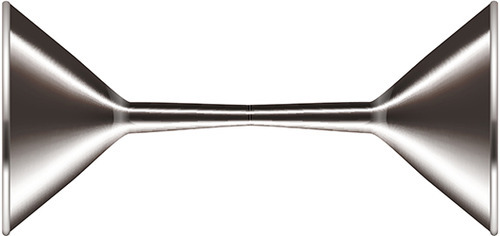Recently a friend asked me to help him take a ton of experience and knowledge he has on a subject and turn it into a curriculum for an online course he’s planning. He knew exactly what he needed to teach. He had 90% of the segments of the course all organized in his mind. But he was struggling to come up with the structure for the course itself.
What I didn’t realize was how structured and clear my thinking was on this subject. Within five minutes, we were almost done talking about it! As it turns out, there is a sure-fire structure for any educational offering. While there are certainly alternative approaches, this one works very well much of the time. And it’s a tired cliché (which, like most cliché’s is a cliché for a reason!)
The Double Funnel

Yes, it turns out everything can be turned into a funnel! Here’s my structure for teaching anything:
Why am I Here?
- Start at 30,000 feet – cover all the broad topics, the philosophy behind the subject, the “why are we even here talking about this” type of stuff. At this stage, you’re almost not talking about the subject at hand but instead all of the context and pre-knowledge required to be able to talk about it!
So let’s say we’re teaching someone algebra. First, we need to talk about what math IS. Why it exists. Maybe some of the history around math – who “discovered” it, early thoughts about this universal language, the idea that “Numbers are the musical notes with which the symphony of the universe is written" as Adam Spencer said in his TED talk, etc. This is very broad like the top of a funnel – lots of big ideas.
Bridge from Why to How
- We start to narrow down closer to the subject in the next phase, talking about specific pre-knowledge on the subject. Here we get closer to it, but we’re still laying the ground work, establishing context, but more specific context to the subject at hand, and less highfalutin philosophy.
Using our algebra example, this is when we remind everyone how to add, subtract, multiple and divide. Maybe we talk about when algebra might be used. We probably discuss some examples to show the student s/he is already using algebra in real life. Maybe we even introduce some basic concepts like variables in the section. So the topic is broached, but not explored deeply. The funnel is narrowing, just as our subject matter is.
How
- The meat of the course is in the details. We’ll cover a lot of ground here teaching every detailed aspect of the subject at hand. It’s very focused, narrow and specific. This might be the longest portion of the course and will go deep, but each lesson is not broad. Our funnel is long at this point, but narrow.
So in our algebra class, we’re teaching how to solve problems with variables, how to handle multiple variables, how to balance equations, what to do when the numbers are fractions or percentages, how to create your own algebraic equations and why…
Related Concepts
- Now our funnel does something odd. I like to start to broaden again at the end of a course – bringing things back up to a high level, getting everyone out of the weeds. So the funnel does a reverse here, starting to widen out.
After teaching algebra, maybe we want to take a side trip to the land of logarithms or other math concepts that are related to algebra but possibly the next learning adventure. This should be relatively short and semi-specific, not trying to cover that entire subject, and always relating it back to algebra.
Examples
- Finally, we close by broadening out as much as possible. Our funnel is wide open again. One way to do this is by getting beyond the subject as the focus and instead focusing on examples.
So maybe we tell a story about the use of Algebra in getting a man on the moon or in allowing early explorers to navigate using the stars. We’re not avoiding the subject, we’re focusing on telling a story and using our subject as the glue, rather than the sole ingredient.
This double funnel isn’t the only way to teach a subject. For instance, the Pimsleur language learning process is not at like this. I’m trying to learn Thai and you get dropped right into listening and speaking language without any context or introduction or philosophy. And it works really well. While that may be the best way to learn a language, I could easily see doing that after two initial lessons about the origins of the language, the evolution of the written script, the relationship between Thai and other languages in the region, etc.
